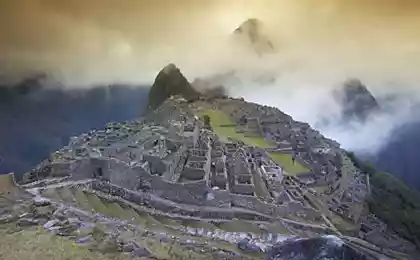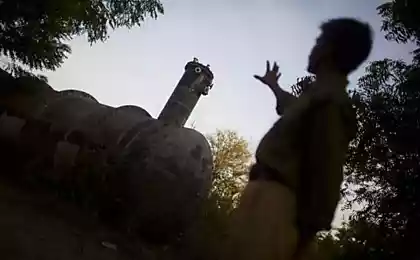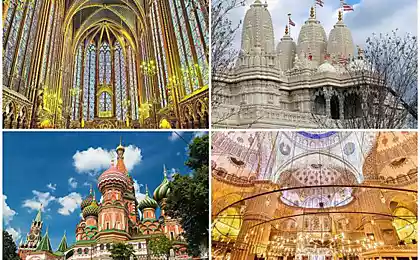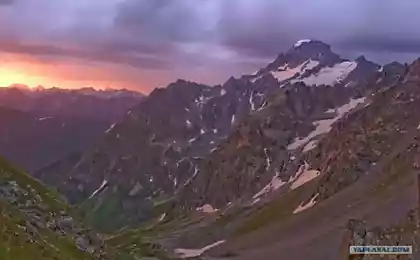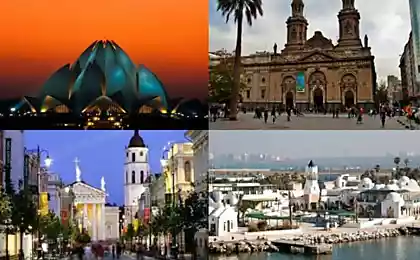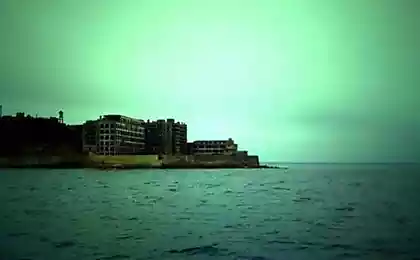3712
Lost Cities of India (11 photos)
We should not forget about lost cities, where enjoy the beauty and cultural values of India.
These cities have fallen as a result of wars and natural disasters, but still survived.
Let's enjoy the journey and look at the surviving works of art, churches and museums.

Virupaksha Temple.
Dynasty princes Harihara and Bukka Raya established the Vijayanagara in 1336. This mighty city was the capital of the empire. The golden years of the Indian region occurred in 1509-1529 years. On three sides of the city was surrounded by hills, and on the fourth a river Tungabhadra. Like many other powerful empire, the empire finally collapsed under the onslaught of the Deccan Sultan in 1565. Agricultural wealth of the Empire brought great wealth at the expense of international trade. Ruins of the city now have the status of a World Heritage Site, and is surrounded by modern Hampi in the southern Indian state of Karnataka.
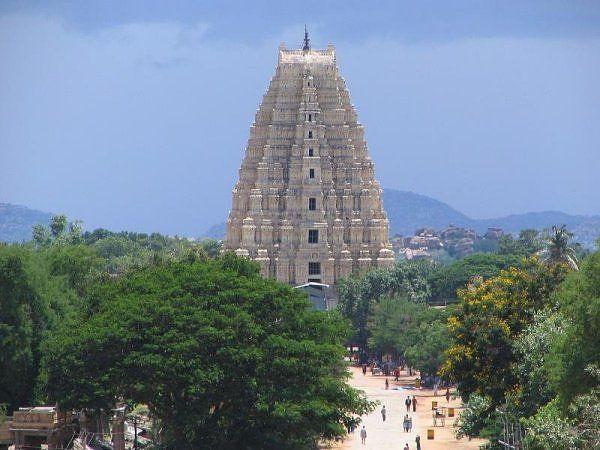

Tree in the courtyard of the temple Vittal.
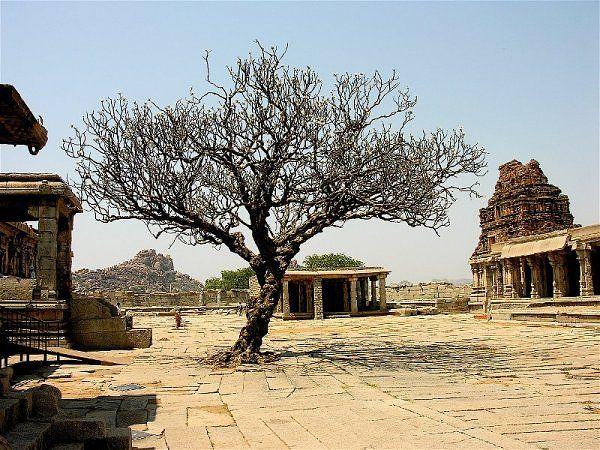
Puhar.
Seven storied building in the photo is now an art gallery Sillappathikara. Puhar - a town in the district of Nagapattinam, in the southeastern state of Tamil Nadu. In ancient times the city was called the prosperous capital of the kings. Located at the mouth of the river Cauvery, the city served as a large shopping center, which was brought from afar unloading goods. The legendary city is mentioned in a number of songs, poetry, heroic epic. The history of the city is well described in the epics and Silapathikaram Manimekalai. Scientists believe that the cause of the destruction of the city has become a tsunami.

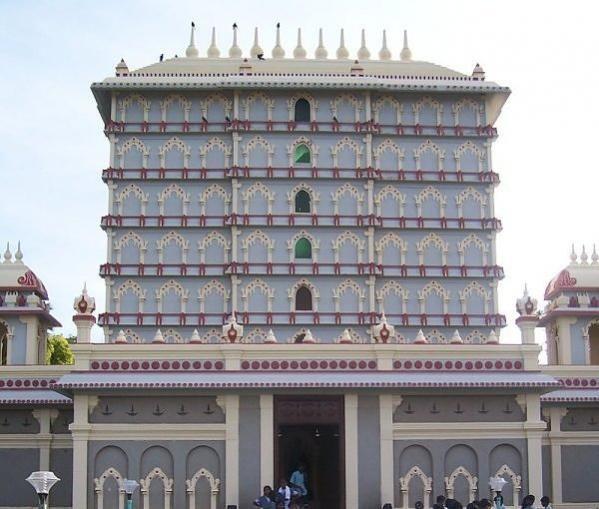
Muziris.
Muziris - Greco-Roman name for the ancient port city located not Malabar Coast (South India). Excavations in 2004 proved that from this port were trade deal with West Asia, the Middle East and Europe. It is believed that the city was destroyed by an earthquake in the XIII century AD.
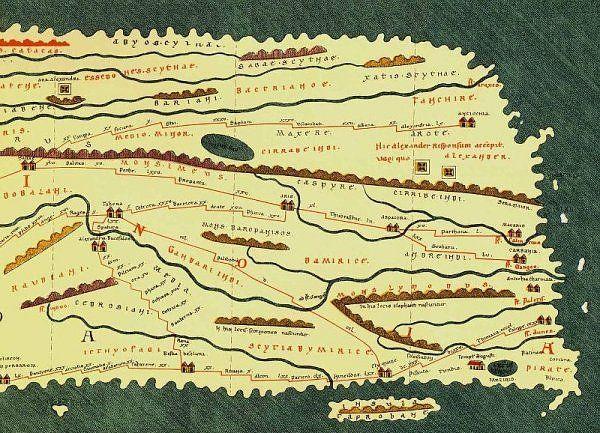
Lothal.
The ancient city of Lothal, or rather its remains can be found in the state Gudzhatat. Known since 2400 BC, this lost city is one of the most important archaeological heritage of India. It was discovered in 1954 and excavated between 1955 - 1960 years. The city is also a major trading port.
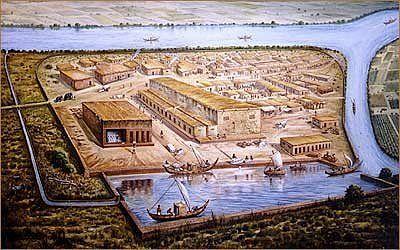
Kalibangan.
Kalibangan is located on the south bank of Ghaggar near the state of Rajasthan. Known as a place of education very early plowing agricultural field system (c. 2800 BC). Researchers concluded that the city was destroyed by an earthquake in 2600 BC, but after that there was a 2nd stage of settlement, which failed due to the gradual drying up of the river and irrevocable.
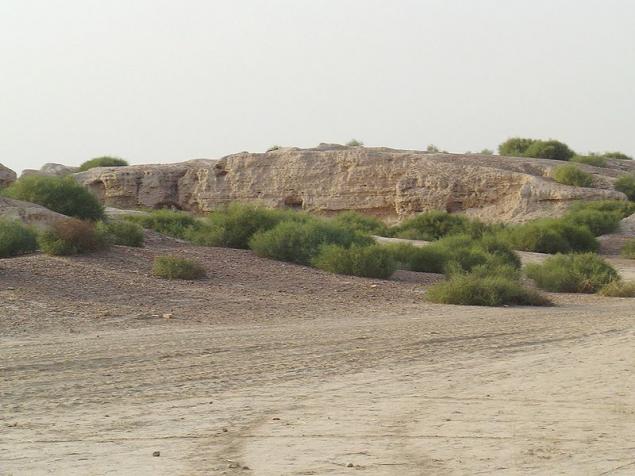
Surkotada.
Surkotada is located in Kutch, Gujarat. An ancient burial mound is surrounded by sand dunes and red soil, giving the whole area a reddish-brown color. Lost City was discovered in 1964. Among the attractions of India, these lost cities is not the last place.

Pattadakal. Temple Pattadakal.
Pattadakal is a city located on the banks of the river Malaprabha, in the northern state of Karnataka. A group of ten monuments of the 8th century AD includes majestic temples, monolithic stone pillar and the sanctuary of the Jains.

Source: p-i-f.livejournal.com
These cities have fallen as a result of wars and natural disasters, but still survived.
Let's enjoy the journey and look at the surviving works of art, churches and museums.

Virupaksha Temple.
Dynasty princes Harihara and Bukka Raya established the Vijayanagara in 1336. This mighty city was the capital of the empire. The golden years of the Indian region occurred in 1509-1529 years. On three sides of the city was surrounded by hills, and on the fourth a river Tungabhadra. Like many other powerful empire, the empire finally collapsed under the onslaught of the Deccan Sultan in 1565. Agricultural wealth of the Empire brought great wealth at the expense of international trade. Ruins of the city now have the status of a World Heritage Site, and is surrounded by modern Hampi in the southern Indian state of Karnataka.


Tree in the courtyard of the temple Vittal.

Puhar.
Seven storied building in the photo is now an art gallery Sillappathikara. Puhar - a town in the district of Nagapattinam, in the southeastern state of Tamil Nadu. In ancient times the city was called the prosperous capital of the kings. Located at the mouth of the river Cauvery, the city served as a large shopping center, which was brought from afar unloading goods. The legendary city is mentioned in a number of songs, poetry, heroic epic. The history of the city is well described in the epics and Silapathikaram Manimekalai. Scientists believe that the cause of the destruction of the city has become a tsunami.


Muziris.
Muziris - Greco-Roman name for the ancient port city located not Malabar Coast (South India). Excavations in 2004 proved that from this port were trade deal with West Asia, the Middle East and Europe. It is believed that the city was destroyed by an earthquake in the XIII century AD.

Lothal.
The ancient city of Lothal, or rather its remains can be found in the state Gudzhatat. Known since 2400 BC, this lost city is one of the most important archaeological heritage of India. It was discovered in 1954 and excavated between 1955 - 1960 years. The city is also a major trading port.

Kalibangan.
Kalibangan is located on the south bank of Ghaggar near the state of Rajasthan. Known as a place of education very early plowing agricultural field system (c. 2800 BC). Researchers concluded that the city was destroyed by an earthquake in 2600 BC, but after that there was a 2nd stage of settlement, which failed due to the gradual drying up of the river and irrevocable.

Surkotada.
Surkotada is located in Kutch, Gujarat. An ancient burial mound is surrounded by sand dunes and red soil, giving the whole area a reddish-brown color. Lost City was discovered in 1964. Among the attractions of India, these lost cities is not the last place.

Pattadakal. Temple Pattadakal.
Pattadakal is a city located on the banks of the river Malaprabha, in the northern state of Karnataka. A group of ten monuments of the 8th century AD includes majestic temples, monolithic stone pillar and the sanctuary of the Jains.

Source: p-i-f.livejournal.com





